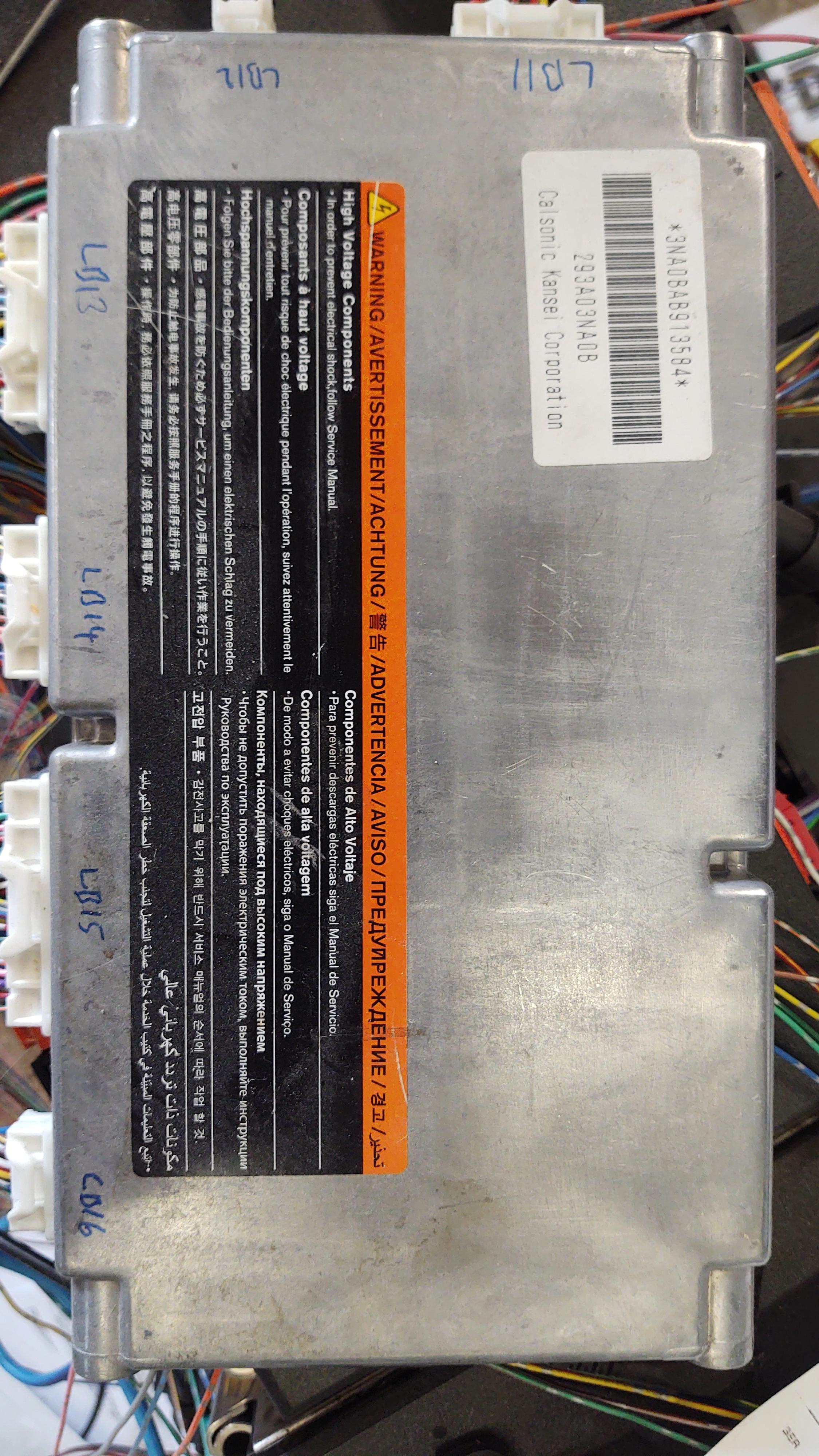49thdiver
Well-known member
You need a high voltage source, 12 volts, the 12 volt battery connection, not the ignition and 12 volt ground.
Not sure how the interlocks I wired on that but you will need the the interlock looped back that goes to the battery pack. You of course will also need the J1772 connections 2 power and 2 signal.
Check out these posts for more detail : https://www.mynissanleaf.com/viewtopic.php?p=611502#p611502
and here is a great diagram of a Gen1 system :https://www.mynissanleaf.com/viewtopic.php?p=579534#p579534
and this one is the OBC : https://www.mynissanleaf.com/viewtopic.php?p=582017#p582017
Good luck
Not sure how the interlocks I wired on that but you will need the the interlock looped back that goes to the battery pack. You of course will also need the J1772 connections 2 power and 2 signal.
Check out these posts for more detail : https://www.mynissanleaf.com/viewtopic.php?p=611502#p611502
and here is a great diagram of a Gen1 system :https://www.mynissanleaf.com/viewtopic.php?p=579534#p579534
and this one is the OBC : https://www.mynissanleaf.com/viewtopic.php?p=582017#p582017
Good luck










